Why We Love AAC Language Experience Activities
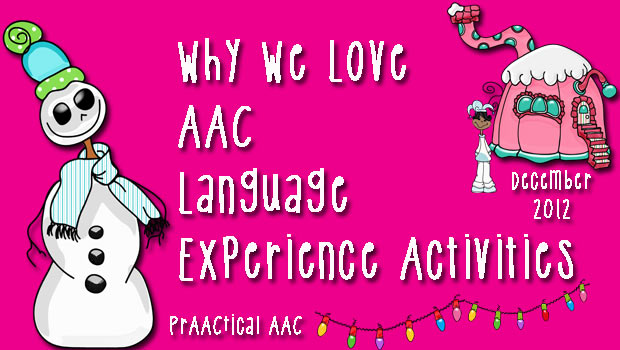
 We love hearing the ways in which SLPs are using language experience activities in their therapy. That’s why we woke to big smiles today in hearing the story of a clinician who was having fun teaching the word ALL with goldfish crackers. Her little AAC friends could ask for a cracker and get one, or ask for ALL and get a pre-packaged portion. The power of contrast works in our favor in times like these. And it could easily be done with puzzle pieces or Lego blocks or any number of things. We can highlight it when we ALL leave the room or play a game as a group. Families can get in on the action, too. They can check to see if they have ALL the items from a list in the shopping cart or if they’ve put away ALL the groceries or laundry. Repetition with variety: another of our favorite principles in vocabulary teaching.
We love hearing the ways in which SLPs are using language experience activities in their therapy. That’s why we woke to big smiles today in hearing the story of a clinician who was having fun teaching the word ALL with goldfish crackers. Her little AAC friends could ask for a cracker and get one, or ask for ALL and get a pre-packaged portion. The power of contrast works in our favor in times like these. And it could easily be done with puzzle pieces or Lego blocks or any number of things. We can highlight it when we ALL leave the room or play a game as a group. Families can get in on the action, too. They can check to see if they have ALL the items from a list in the shopping cart or if they’ve put away ALL the groceries or laundry. Repetition with variety: another of our favorite principles in vocabulary teaching.
Readers of this blog know that we are all about meaningful opportunities for communication learning and practice. It’s especially important in the second stage of the vocabulary intervention cycle that we described last month, explicit vocabulary teaching.
What Are Language Experience Activities?
Language experience activities are events that make the key concept, word, or skill evident in a meaningful context. They highlight the new word/skill in a way that is memorable and engaging. In the case of AAC vocabulary teaching, we go beyond highlighting the word through focused language stimulation. We also elicit the word frequently from the AAC learners, even if that means they need a good deal of help
Language experience activities are important for two reasons. First, they really help AAC learners really grasp the concept being taught. After getting ALL the goldfish, ALL the puzzle pieces, ALL the Legos, and so on throughout the day, you can be sure that the AAC learner is on his/her way to really understanding the concept of ALL and has had some meaningful practice in using that word.
Another really great part of teaching with language experience activities is that they are memorable. Not only does the new word sink in, but it is easier to remember and retrieve when we have experiences with it that are fun, engaging, or emotional.
In my mind, the Queen of AAC Language Experience Activities is master clinician Gail Van Tatenhove. I’ll never forget the story of her teaching the Minspeak symbol for WANT (which, at the time, looked something like what is shown here) to adults who were learning AAC for the first time. They had no idea what the symbol meant. Because of their limited life experiences, they lacked the cultural references to understand that the person depicted in the symbol was a prisoner or that the symbol was referencing the kind of ‘Wanted’ posters displayed in American post offices and police stations. So, off they went to check it out. She arranged for a van to take them to a post office where they got to see those posters and talk about them. Back at the group home, there were lots of sessions building on the concept and plenty of practice opportunities. Think these folks ever forget which symbol to look for when they WANT something? I doubt it.
We don’t have to go to such extraordinary lengths to create good language experience activities, of course. We can do them every day with a lot less time and effort. Chances are, you probably already do plenty of these when you teach words like IN, MORE, and UP.
Here are some things to think about in creating therapy lessons with language experience activities.
- Elicit the key concept frequently. As you do through the experience, give lots of opportunities for the AAC learner to
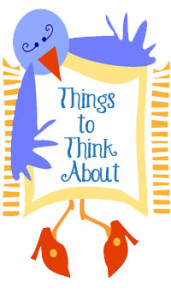 express the concept.
express the concept. - Use aided language input when you use the word in teaching or conversation. That means whenever you say the word to the learner, use AAC to do so.
- Prevent errors. Unless you are teaching by way of contrast (e.g., ALL/SOME, FAST/SLOW, IN/OUT), you want to help them practice saying the word correctly by keeping them away from the wrong answer. So, support them in saying the new word as much as is necessary. Don’t let them fumble around. This is the time to practice getting it right. If you are teaching using contrastive examples, then you can disregard this guideline. Otherwise, give them lots of help to say the word correctly and minimize errors.
- Make it a bit extreme. Everything is more memorable when it is tied to an emotion.
- It’s not just for core vocabulary. You can use the same concept with more advanced language learners who may be learning words like ‘shocked,’ ‘scarce,’ or ‘decide.’ We’ll write more about ideas for AAC intervention with learners at this language level in a future post.
In the meantime, have fun maximizing your AAC therapy with language experience activities. We’d love to hear about your creative ideas, funny anecdotes, or success stories.
Thanks to the folks at Speak for Yourself for inspiring this post and to Deborah Foushee for her ideas on implementation.
Filed under: PrAACtical Thinking
Tagged With: language experience activity, language teaching, vocabulary instruction
This post was written by Carole Zangari

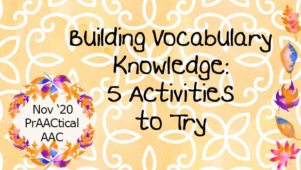
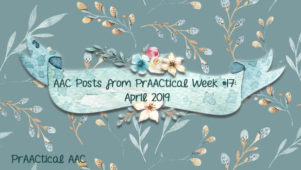
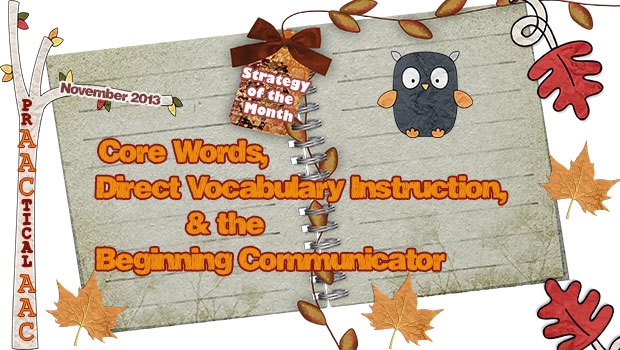
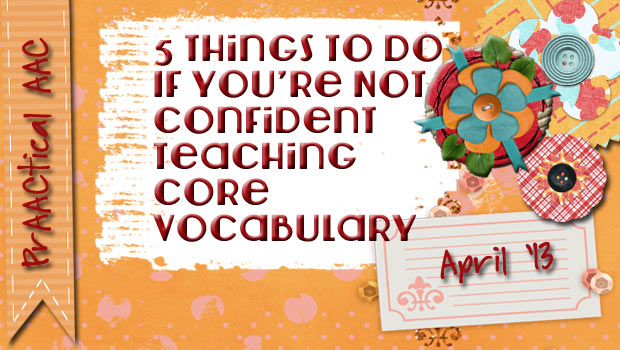
3 Comments
I will never forget the language experience activity that my son took part in with the SLPs at the AAC Institute in Pittsburgh (specifically Katya Hill). We all went to the mall to have my son practice using his talker in the community. We ended up getting on the elevator (which was glass) and my son enjoyed the ride so much that he wanted to do it again and again. Katya worked on teaching my son, ‘more’, and ‘up’, and ‘down’. I don’t know how many times we went up and down in that elevator but it was definitely experiential learning!
What a great example of a meaningful language opportunity and what fun!
Love that story, Stacey, and I may have to share it with our student SLPs. Just hearing about it gave me a mental image of you guys that will stick with me for a long time. Imagine how solid the learning was for your son, who directed the whole show. 🙂